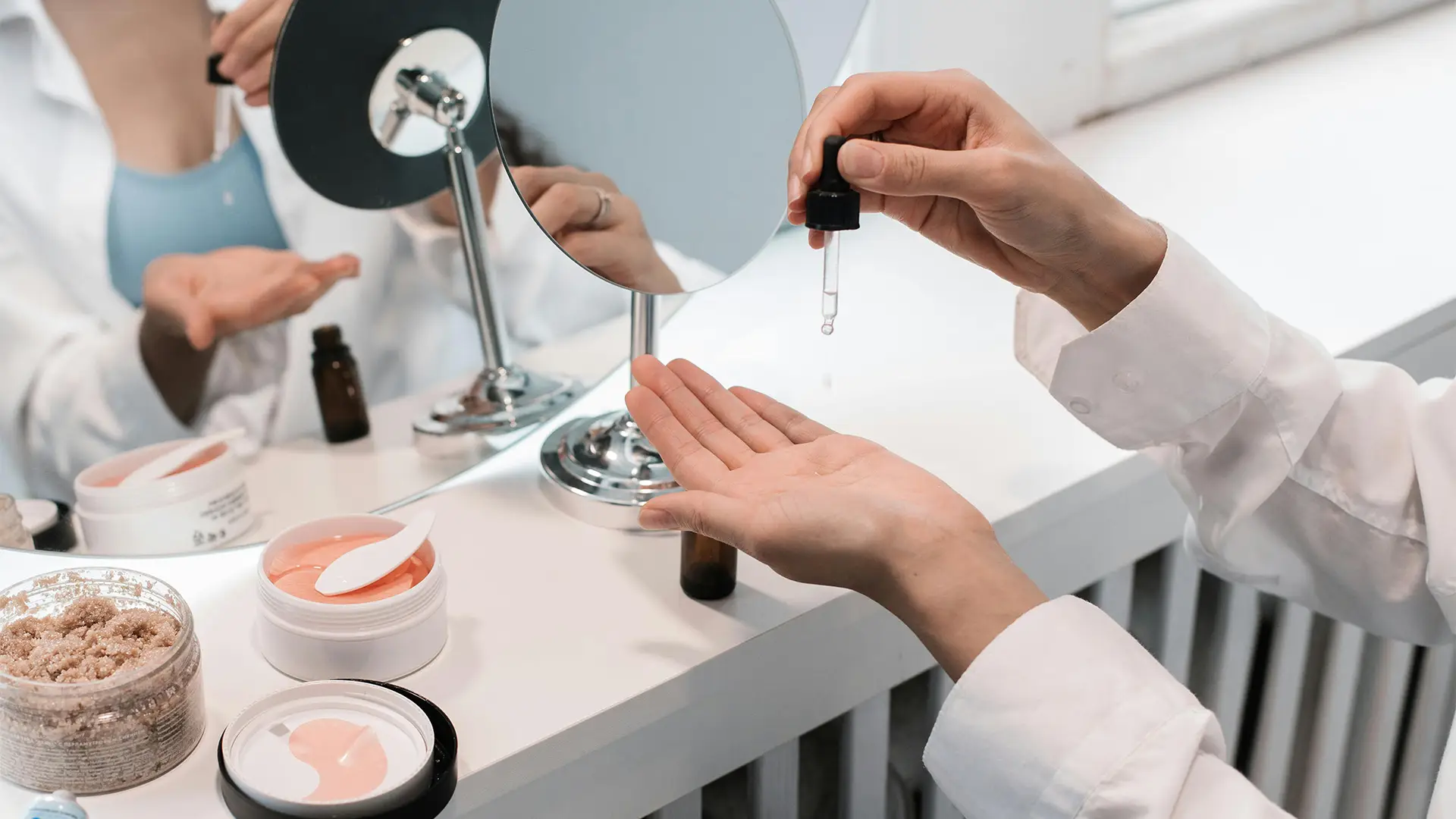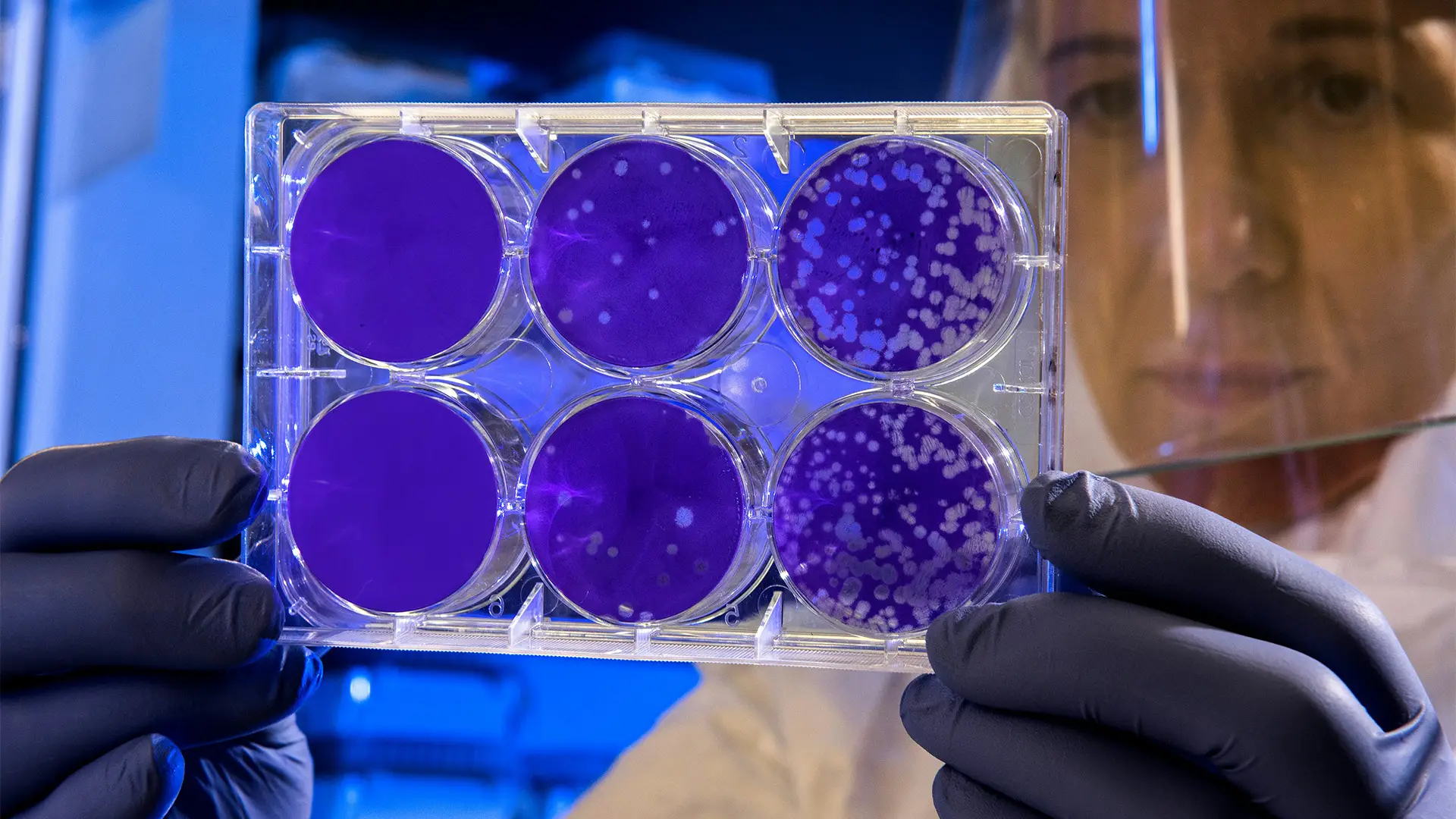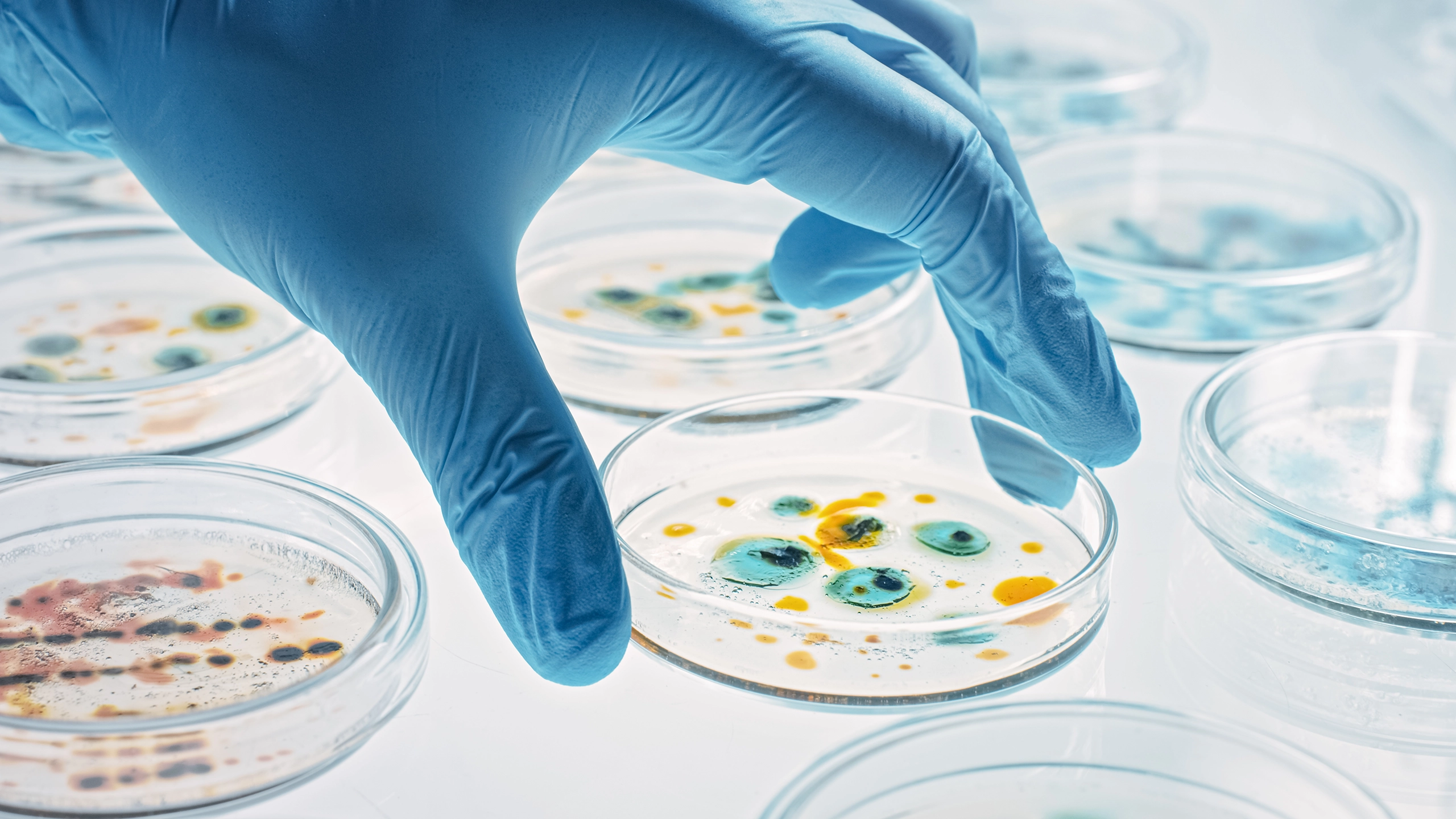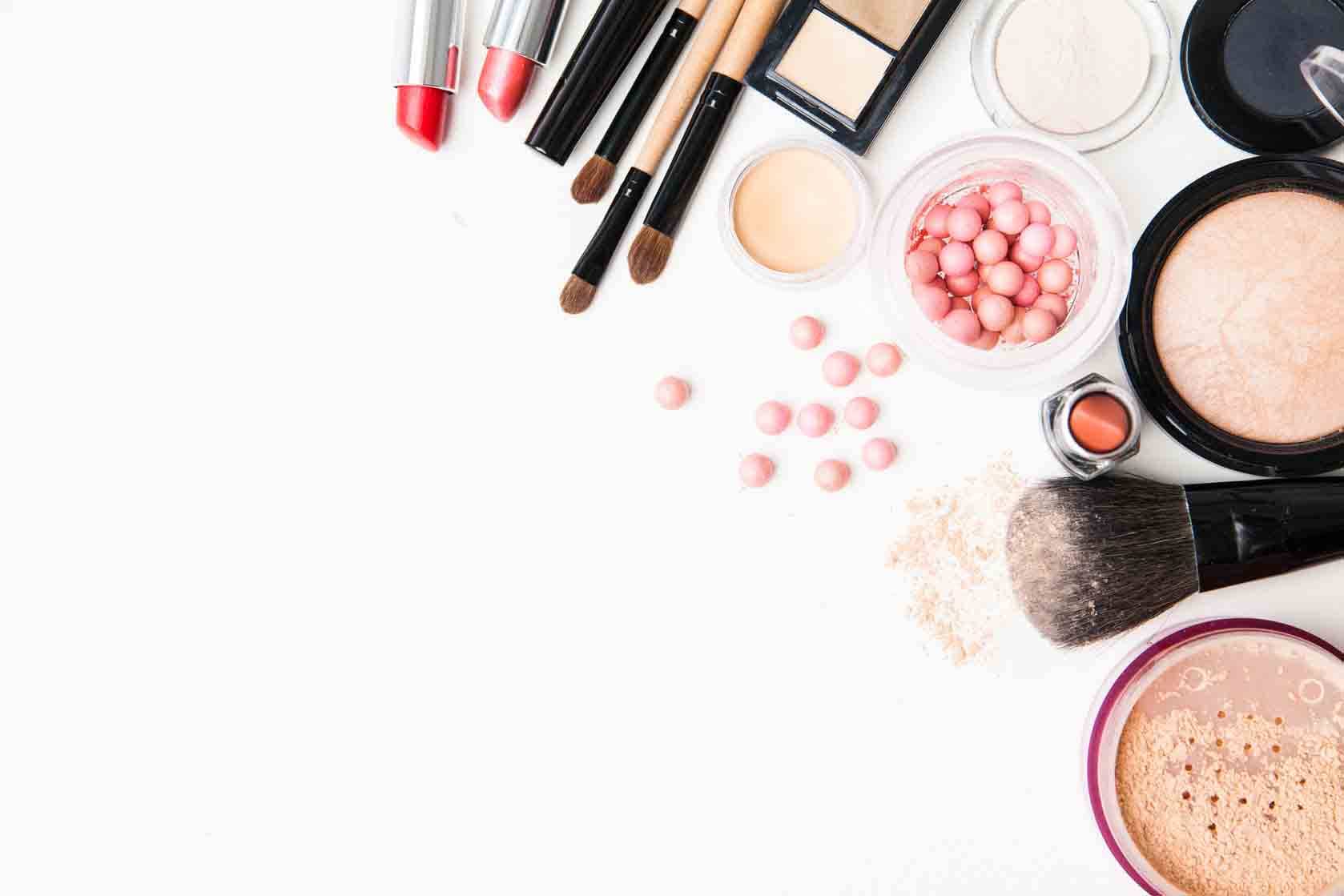
The Importance of HRIPT in Cosmetics Safety Testing
The Human Repeated Insult Patch Test (HRIPT) is crucial to cosmetic product safety assessment. It evaluates a product’s potential to cause skin irritation or sensitization by applying a small amount to a patch, which is then placed on the skin. HRIPT helps identify any adverse reactions over repeated applications. This










